Are your conveyor belts in need of repair? Look no further than Devcon R-Flex. We will walk you through the step-by-step process of efficiently repairing conveyor belts using this industry-leading product.
Why choose Devcon R-Flex for conveyor belt repair
When it comes to repairing conveyor belts, choosing the right adhesive is crucial. That's where Devcon R-Flex comes in. This high-performance adhesive is specifically designed for conveyor belt repair, offering exceptional strength and flexibility.
One of the key advantages of Devcon R-Flex is its ability to get your repaired belt can be back in service just 90 minutes after application. Whether your conveyor belts are used in mining, manufacturing, or any other industry, Devcon R-Flex ensures repairs that are fast & last.
Additionally, Devcon R-Flex is easy to use, making it ideal for both professional repair technicians and maintenance personnel. Its straightforward application process saves time and eliminates the need for expensive replacements, ultimately reducing downtime and increasing productivity.
Understanding the types of conveyor belt damage
Before diving into the repair process, it's important to understand the different types of damage that can occur to conveyor belts. This knowledge will help you determine the appropriate repair techniques and ensure a successful outcome.
The most common types of conveyor belt damage include splices, tears, and gouges. Splices occur when the belt's joints weaken or fail, leading to separation. Tears are typically caused by sharp objects or excessive tension, resulting in a gap in the belt. Gouges, on the other hand, are deep cuts or scrapes that compromise the belt's integrity.
By identifying the specific type of damage, you can tailor your repair approach accordingly. Devcon R-Flex is versatile enough to address all these issues, providing reliable solutions for any conveyor belt repair job.
Preparing for the repair
Before you can begin the repair process, proper preparation is essential. This ensures that the adhesive bonds effectively and the repair is long-lasting.
Step 1: Cleaning the damaged area
Start by thoroughly cleaning the damaged area of the conveyor belt. Remove any debris, dirt, or grease using a cleaning solution recommended by Devcon. This step is crucial as it ensures that the adhesive can adhere properly to the surface. Grind the belt to ensure there is a rough surface.
Step 2: Applying Devcon R-Flex
Once the damaged area is clean, it's time to apply the Devcon R-Flex. Follow the instructions for the proper mixing ratio and application method. Apply the adhesive evenly to the damaged area, making sure to cover the entire surface for a strong and secure bond.
Step 3: Curing and drying time
Allow the adhesive to cure and dry according to the recommended time provided by Devcon. This step is critical as it allows the adhesive to fully bond with the conveyor belt, ensuring a durable repair. Avoid putting any stress or load on the repaired area during this curing period.
Step 4: Finishing touches and quality checks
Once the adhesive has fully cured, inspect the repaired area for any imperfections. If necessary, trim any excess adhesive to achieve a smooth and even surface. Perform quality checks to ensure that the repair is solid and reliable before putting the conveyor belt back into operation.
By following this comprehensive guide on efficiently repairing conveyor belts with Devcon R-Flex, you can ensure strong and durable repairs that withstand the rigors of heavy-duty operations. With its high-performance adhesive properties and outstanding flexibility, Devcon R-Flex is the ultimate solution for all your conveyor belt repair needs. Don't let damaged belts slow down your operations—take action and repair them today!

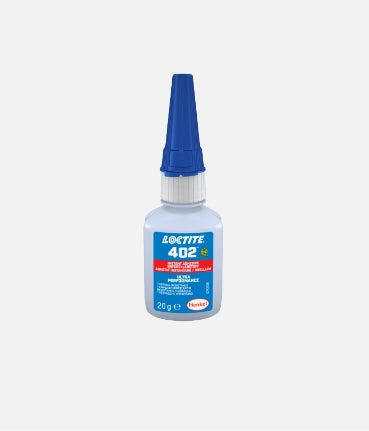
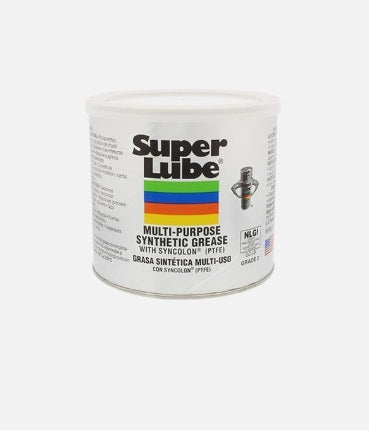
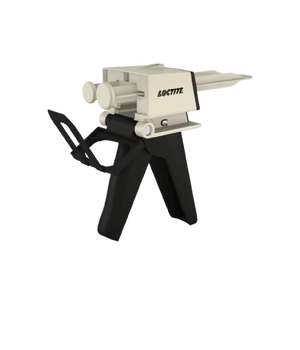
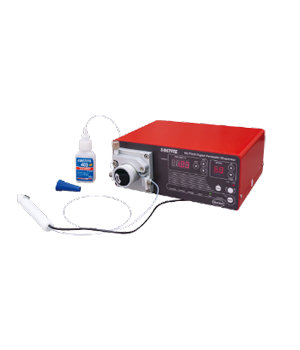


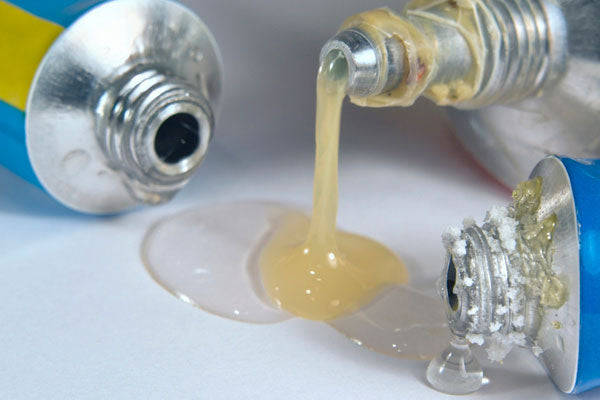
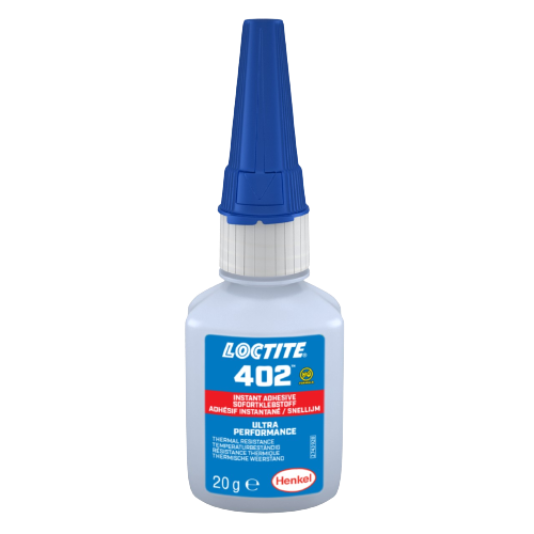
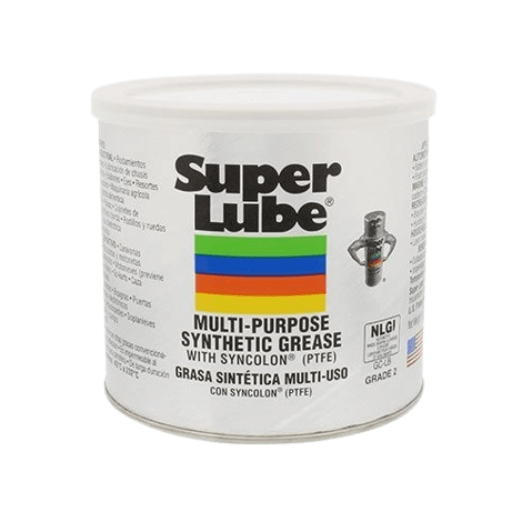
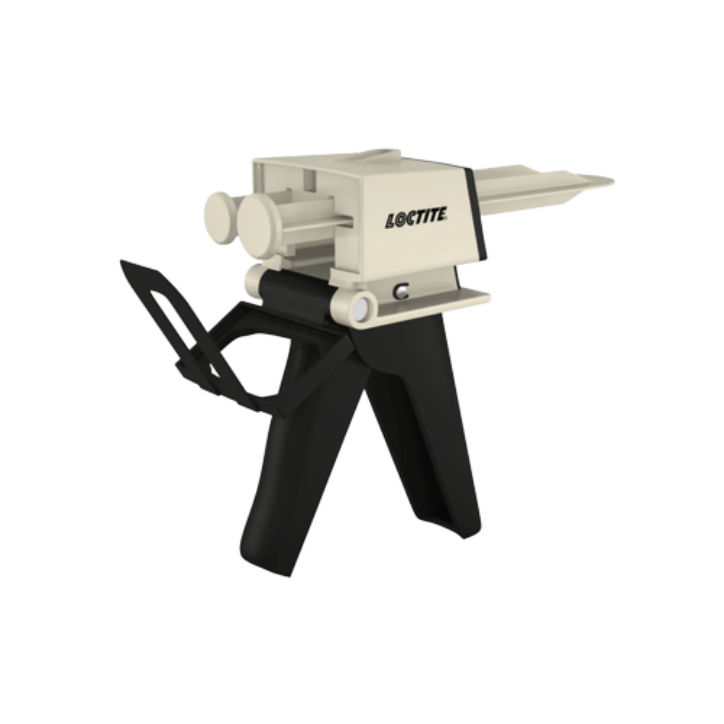
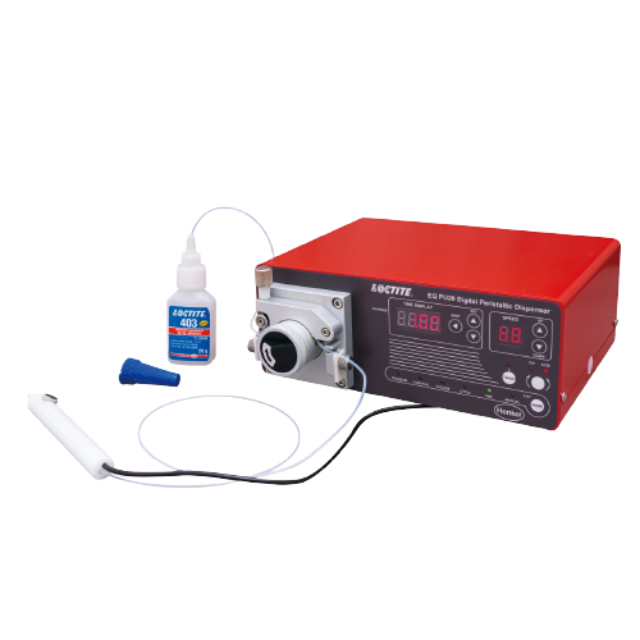
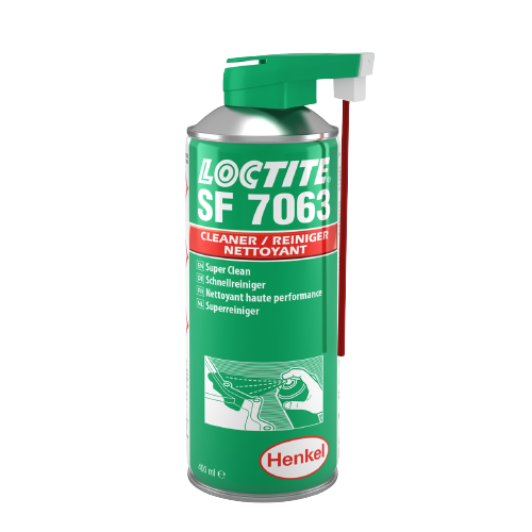
发表评论
所有评论在发布前都会经过审核。
此站点受 reCAPTCHA 保护,并且 Google 隐私政策和服务条款适用。